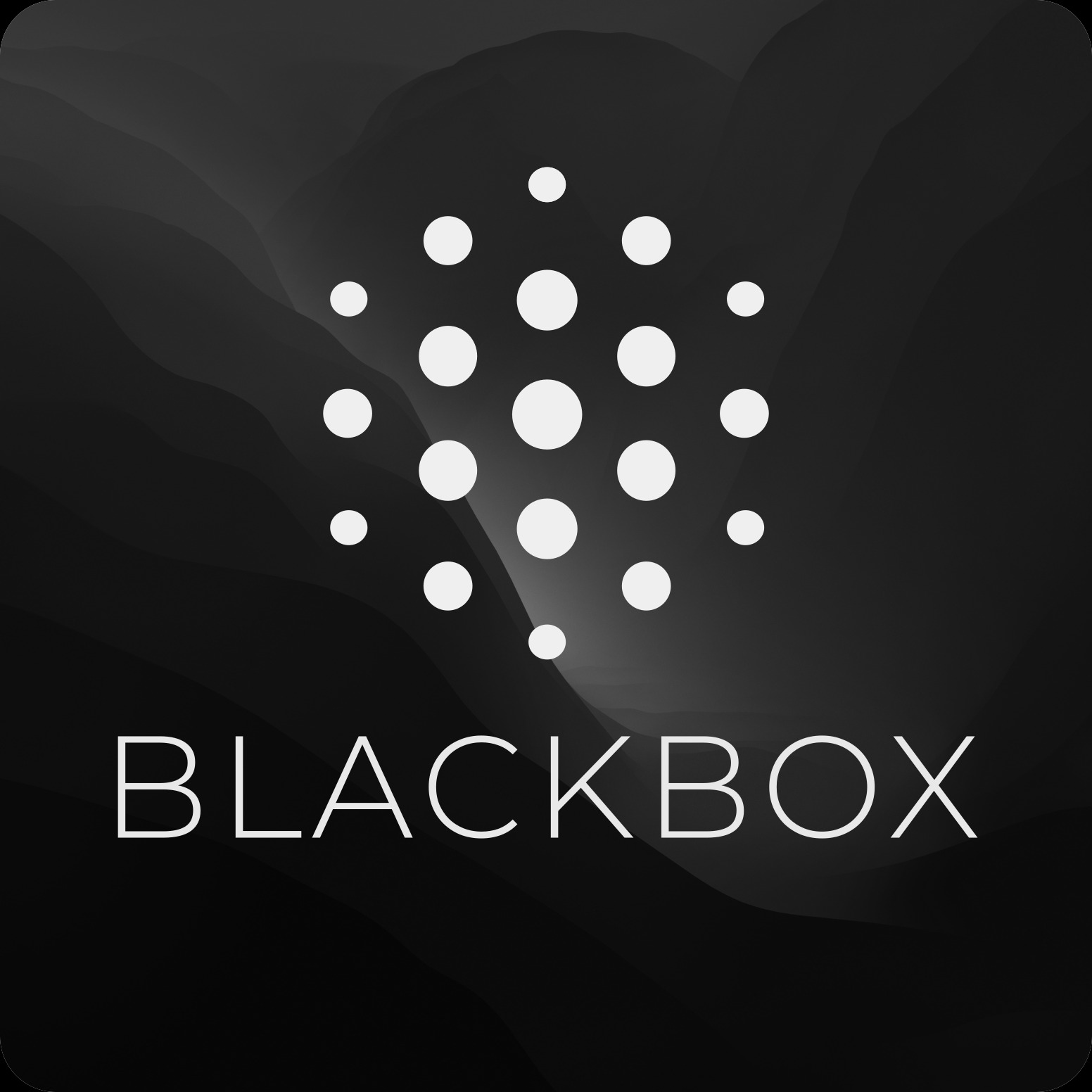Interview Questions
BLACKBOX AI
Create Engaging Tech Content

What methods do you use to ensure accuracy in your tech content?
I use a test-it approach, which is, I'll first build it on my own before teaching anyone about it, and that goes as far as writing as well, making sure that I have done it before telling anyone else to do it.
I also research, because in as much as I may be proficient in something, I’m not the best out there, and there are those better than I , so I’m not shy to collaborate and ask others on their opinion before I take something out for public knowledge.
And where possible, I'll give out my work for review as well, just to have a fresh pair of eyes on what I'm making
BLACKBOX AI
Create Engaging Tech Content

How would you make complex tech topics engaging for beginners?
I would structure it this way:
- This would be from a layered foundation so that it is step-by-step, not leaving anyone behind.
1. The need:
Beginners/students want to know "why should I care about this?" before they'll invest time in "how does this work?" I always start technical explanations by connecting concepts to something students already understand or showing immediate, tangible benefits. Instead of diving straight into complex algorithms, I might begin with "Ever wondered how Spotify knows what song to play next?" or "This is the same technique Instagram uses to compress your photos." This approach transforms abstract concepts into concrete, relevant applications that students can visualize using in their own projects.
2. Not making it hard:
Breaking down complexity is crucial when working with student audiences. I structure content using the "scaffolding" approach - building knowledge layer by layer rather than overwhelming students with everything at once. For example, when teaching APIs, I start with the restaurant analogy (you don't need to know how the kitchen works to order food), then show a simple fetch request, before gradually introducing error handling, authentication, and advanced patterns. Each concept builds naturally on the previous one, allowing students to develop confidence as they progress.
3. Graphics:
Students and most people respond well to visually appealing work and so I also use visual aids heavily - videos , animations , flowcharts and live coding demonstrations that students can follow along with in real-time.
Interactive sessions as well help more so stopping often to let them try something or experiment helps them understand better and do it practically , more like do this to unlock the next session.
BLACKBOX AI
Tech Content Creator

How do you tailor technical content to engage a student audience?
Engaging a student audience with technical content requires a fundamentally different approach than creating content for experienced professionals. Students learn differently, have different motivations, and face unique challenges that content creators need to address thoughtfully.
The need:
Students want to know "why should I care about this?" before they'll invest time in "how does this work?" I always start technical explanations by connecting concepts to something students already understand or showing immediate, tangible benefits. Instead of diving straight into complex algorithms, I might begin with "Ever wondered how Spotify knows what song to play next?" or "This is the same technique Instagram uses to compress your photos." This approach transforms abstract concepts into concrete, relevant applications that students can visualize using in their projects.
Not making it hard:
Breaking down complexity is crucial when working with student audiences. I structure content using the "scaffolding" approach—building knowledge layer by layer rather than overwhelming students with everything at once. For example, when teaching APIs, I start with the restaurant analogy (you don't need to know how the kitchen works to order food), then show a simple fetch request before gradually introducing error handling, authentication, and advanced patterns. Each concept builds naturally on the previous one, allowing students to develop confidence as they progress.
Graphics:
Students and most people respond well to visually appealing work, and so I also use visual aids heavily—videos, animations, flowcharts, and live coding demonstrations that students can follow along with in real time.

